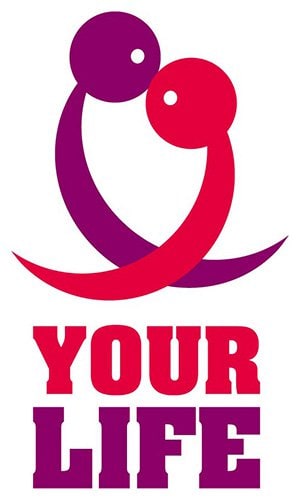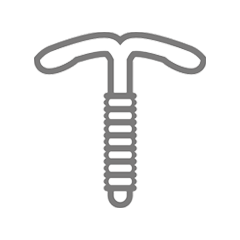Pull-Out
WHEN and HOW?
Pulling out (the withdrawal method) must be used, before your partner ejaculates, every single time you have sex. It’s extremely unreliable and only limits the chances of any sperm reaching the egg. The efficacy of pulling-out is 80%.

How to pull-out?
Pulling out really isn’t rocket science, the man withdraws from inside you before climax to minimize the risk of sperm entering the vagina and therefore reaching the egg.
Men who use the pull-out method must be able to know when they are reaching the point in sexual excitement when ejaculation can no longer be stopped or postponed. If you cannot predict this moment accurately, withdrawal will not be as effective. Even if a man pulls out in time, pregnancy can still happen. Some experts believe that pre-ejaculate, or pre-cum, can pick up enough sperm left in the urethra from a previous ejaculation to cause pregnancy.
This is not a method that would be recommended by healthcare providers, or by the millions of people who tried it, put an early stop to the fun, and got unplanned pregnant anyway.
Tabs header
Pull-Out PROS:
- It isn’t affected by other medications
- It can be used when breastfeeding
- Hormone free
- No costs
Pull-Out CONS:
- It’s extremely unreliable
- It interrupts sex
- Does not protect against HIV infection (AIDS) and other sexually transmitted infections (STIs)
All important details about the Pull-Out Method
Pulling out doesn’t really have a science bit to share with you, in fact, it’s probably been around since before we had a word for science. Pulling out is also called coitus interruptus or the "withdrawal method" and it requires great self-control, experience, and trust, and as such, it is pretty unreliable. It works, some of the time, by the man taking his penis out of the vagina before he ejaculates, limiting the chances of any sperm reaching the egg. However, not all sperm are released at climax, some are a little more eager than that, so even though you don’t finish off, you could still finish up pregnant.

Questions & Answers about pulling out
FREQUENTLY ASKED QUESTIONS
The withdrawal method, also known as pulling out or coitus interruptus works just like this: the guy pulls out his penis before he ejaculates. The idea is that not ejaculating inside the vagina will prevent pregnancy. But as some sperms may already be released before ejaculation it is not the best idea we’d say. Although this method may be popular, it doesn’t really work: Even when applied successfully, 80% that is 20 of every 100 women – using this as their contraception method will become pregnant over a year. There are plenty of other more reliable contraception methods out there!
To pull out correctly, the guy has to exactly know when he’s about to reach orgasm and to pull out in time, so that no ejaculate contacts the vagina or its proximate regions. It requires a lot of self-control and practice, and can always go wrong.
Sperm are able to survive up to 6 hours outside of the body and they have only one thought in their little heads: find the egg and fertilize it. As these strong swimmers are also released before ejaculation, the withdrawal method or pulling out is a risky game.
The withdrawal method is also called coitus interruptus or "pulling out" and it requires great self-control, experience, and trust, and as such, it is pretty unreliable. It works, some of the time, by taking the penis out of the vagina before you ejaculate, limiting the chances of any sperm reaching the egg. With each ejaculation you are releasing up to 400 Million sperms. However, not all sperm are released at climax, some are a little more eager than that and can survive inside a woman`s uterus for up to five days, so even though you don’t finish off, you could still finish up making her pregnant.
No not all, however it is far better to bathe and make sure that anything with ejaculate on it does not get near the vagina within one to six hours, their known lifespan outside the body.
Since a woman is most fertile in the few days prior to or after ovulation, it is never suggested that she have sexual intercourse during that time if she does not wish to get pregnant. Even the most foolproof methods of contraception do have a miniscule failure rate and as the withdrawal method aka “pulling out” or coitus interruptus is only 80% successful, it would be best to avoid having sexual relations during this time.


































